FAITH MATTERS
MR NATHAN LANE - DEPUTY PRINCIPAL: TEACHING & LEARNING
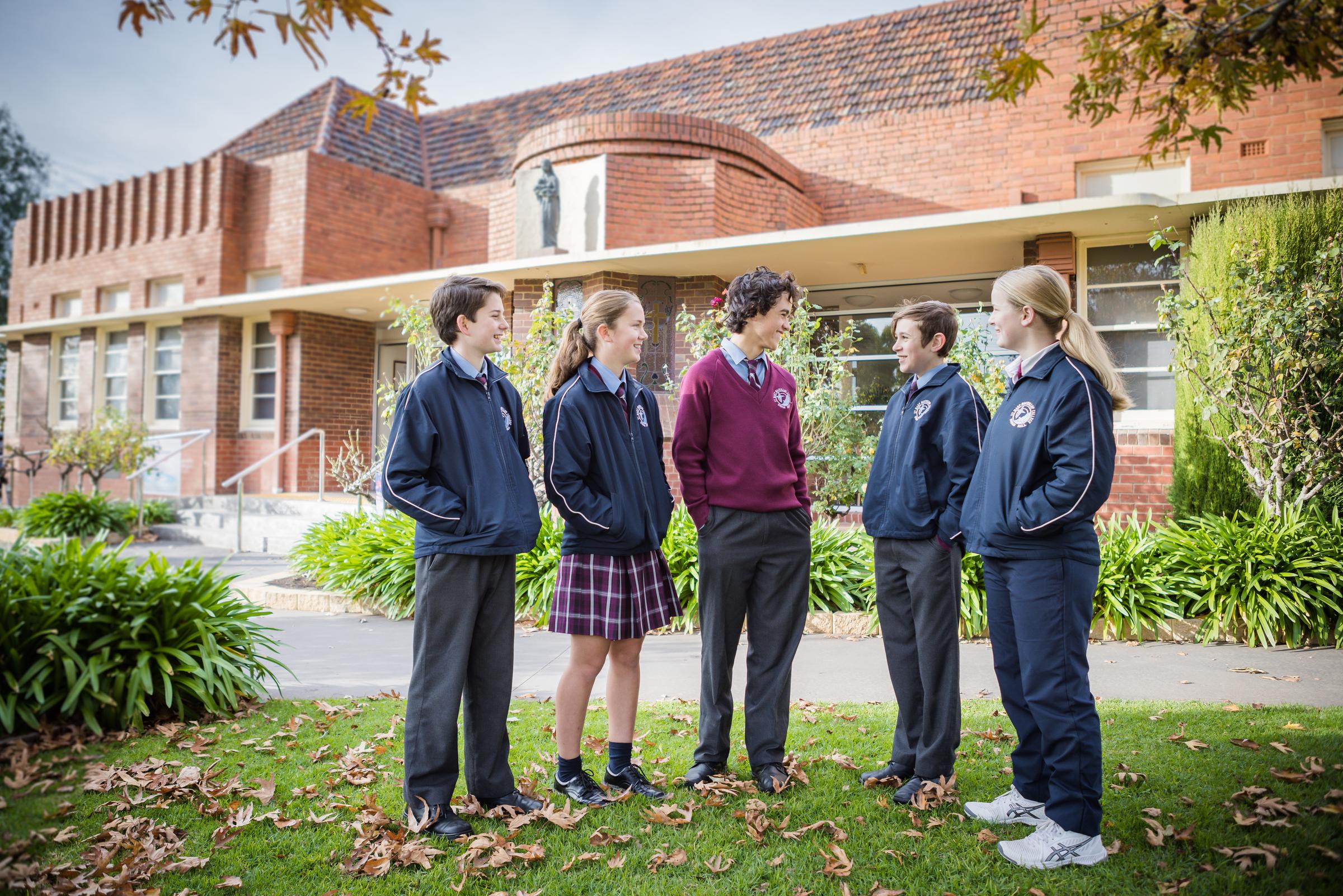
FAITH MATTERS
MR NATHAN LANE - DEPUTY PRINCIPAL: TEACHING & LEARNING
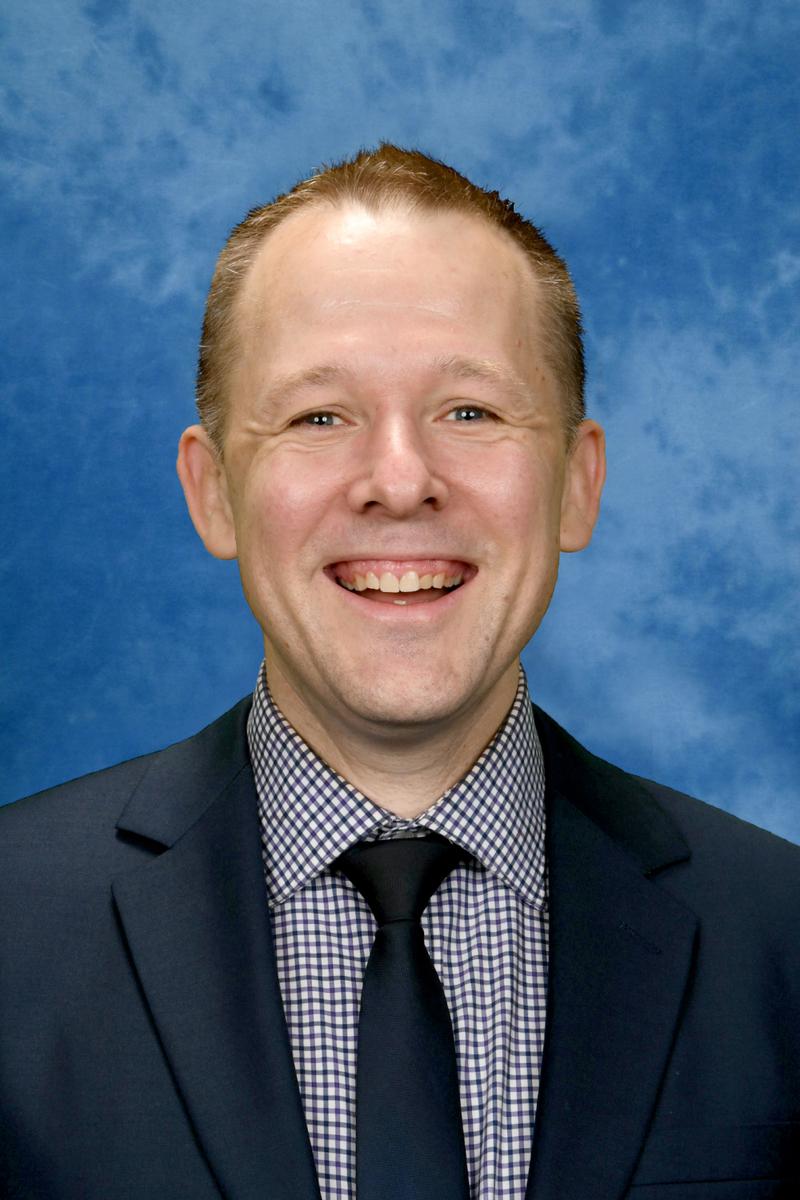

Commemorating Hiroshima Day – Saturday 6 August
Every Friday morning before school, our staff are invited to attend chapel. Recently I led our Friday morning chapel and provided the following reflection on Hiroshima Day.
A few weeks ago on Saturday 6 August, we commemorated the dropping of the atomic bomb on Hiroshima. As a Japanese teacher this is a significant event in the history of Japan we share with our students.
I have been fortunate to visit Hiroshima a number of times. The very first time was in 1993 when I visited Japan on my high school tour. Every time I visit Hiroshima, I leave having learnt something more about the history of the dropping of the atomic bomb.
A short tram ride from the main railway station in Hiroshima is the Peace Memorial Park. The first thing you see when you get off the tram at the Peace Memorial Park is the A-bomb dome or genbaku dome in Japanese. The genbaku dome is the only structure left standing near the hypocentre of the dropping of the bomb. Through the efforts of many people, including those of the city of Hiroshima, this ruin has been preserved in the same state as immediately after the bombing. Not only is it a stark and powerful symbol of the most destructive force ever created by humankind, it also expresses the hope for world peace and the ultimate elimination of all nuclear weapons.
As you move further into the park, you come across the Children’s Peace Monument. Which was built to commemorate Sadako Sasaki and the thousands of other innocent children who died due to the atomic bombing of Hiroshima.
When Sadako was 2 years old, the atomic bomb was dropped and she was at home about 1.7 kilometres from the hypocentre. Even though she had no apparent injuries after the bombing, ten years after the bombing, she was suddenly hospitalised because of leukemia. After eight months in hospital, Sadako died surrounded by her family. In hospital, she folded orizuru (paper cranes) with her desire to get well. The story of Sadako and orizuru has spread around the world. Today, orizuru is known as a symbol of peace.
Sadako’s classmates at the elementary school were terribly shocked to lose their friend. They came up with the idea of building her a grave or some kind of monument. At that time, someone suggested to build a monument to console all the children who died from the atomic bombing. They agreed and the movement started. It grew into a large movement involving elementary, junior high and high schools in Hiroshima City. About a year after Sadako’s death, in October, it was decided to erect the monument in Peace Memorial Park to commemorate the thousands of innocent children who died due to the atomic bombing of Hiroshima. On the stone underneath the pedestal is inscribed, “This is our cry. This is our prayer. For building peace in this world.”
Visitors from around the world leave their contribution of colourful cranes in the glass cases at the back of the monument. When I have taken students to Hiroshima on school trips at my previous schools, we have always taken 1,000 cranes with us as our symbol of peace. In Japanese folklore, it is believed that a person can be granted one wish if they fold 1,000 paper cranes. Our wish every time we have left 1,000 cranes at the children’s monument is for peace in our world.
In front of the Peace Memorial Museum in the Peace Memorial Park is the eternal flame of peace. The flame has burned continuously since it was lit on August 1, 1964. It symbolises the anti-nuclear resolve to burn the flame "until the day when all such weapons shall have disappeared from the earth."
For me, the most significant feature in the park is the Peace Memorial Museum. The personal stories and testimonies from survivors, along with different artefacts are raw and confronting. Torn articles of clothing, children’s tricycles that have melted through the heat of the bomb, a wristwatch that stopped at the time the bomb dropped. They are a reminder of the horrors and the inhumane nature of nuclear weapons. Walking around the city of Hiroshima and the Peace Memorial Park makes me wonder what it was like here in the morning before 8.15am on that fateful day, and how the dropping of one bomb changed the lives for thousands of people.
I finish this reflection with a prayer for Hiroshima Day by William G Sinkford
Like most traumatic scars, the ones that are found in Hiroshima and Nagasaki are permanent: reminders of the terrible damage human beings can inflict.
Similar scars can be found in the hearts and souls of people around the world who understand this terror: scars of grief, sadness, fear and even shame.
None of these scars promise an end to war and devastation. Instead, they serve as a reminder of healing and renewal—of a return to life.
Gracious God, Spirit of Life and Love, help us to see our scars: those we have created, those we are called to witness, and those we can soothe and heal.
We are deeply grateful for the buds and blossoms that even the most scarred offer as a revelation to the world.
And, especially on Hiroshima Day, we renew our commitment to peace individually, collectively and globally:
To "peace within" which calms our anxieties and fears,
To "peace between" which overcomes differences, animosities and conflict,
And, to "the great peace," beyond even our understanding, that is Your gift and which we attempt to be stewards of for the world.
Amen.
Jesus, Light of the world, guide us.
St Joseph journey with us.
St Mary of the Cross MacKillop, pray for us.
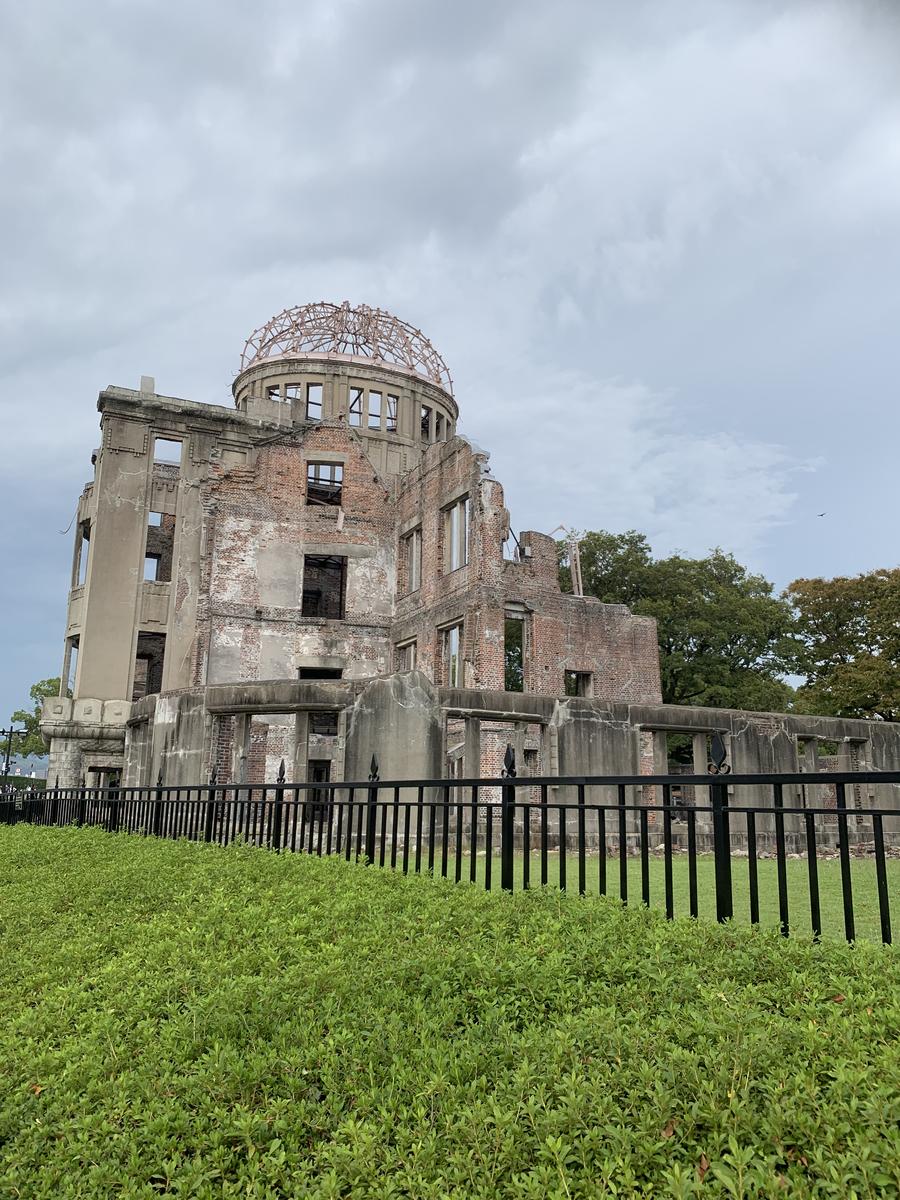
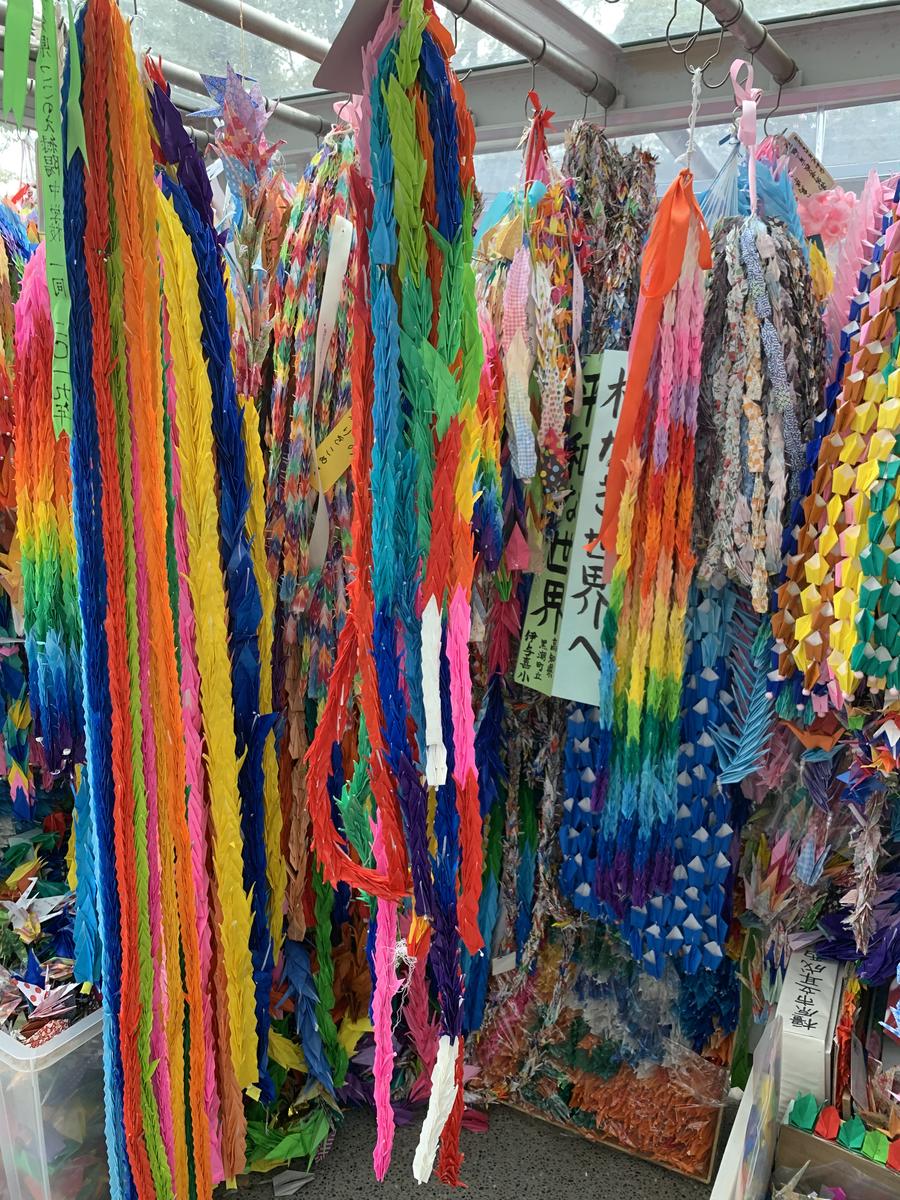
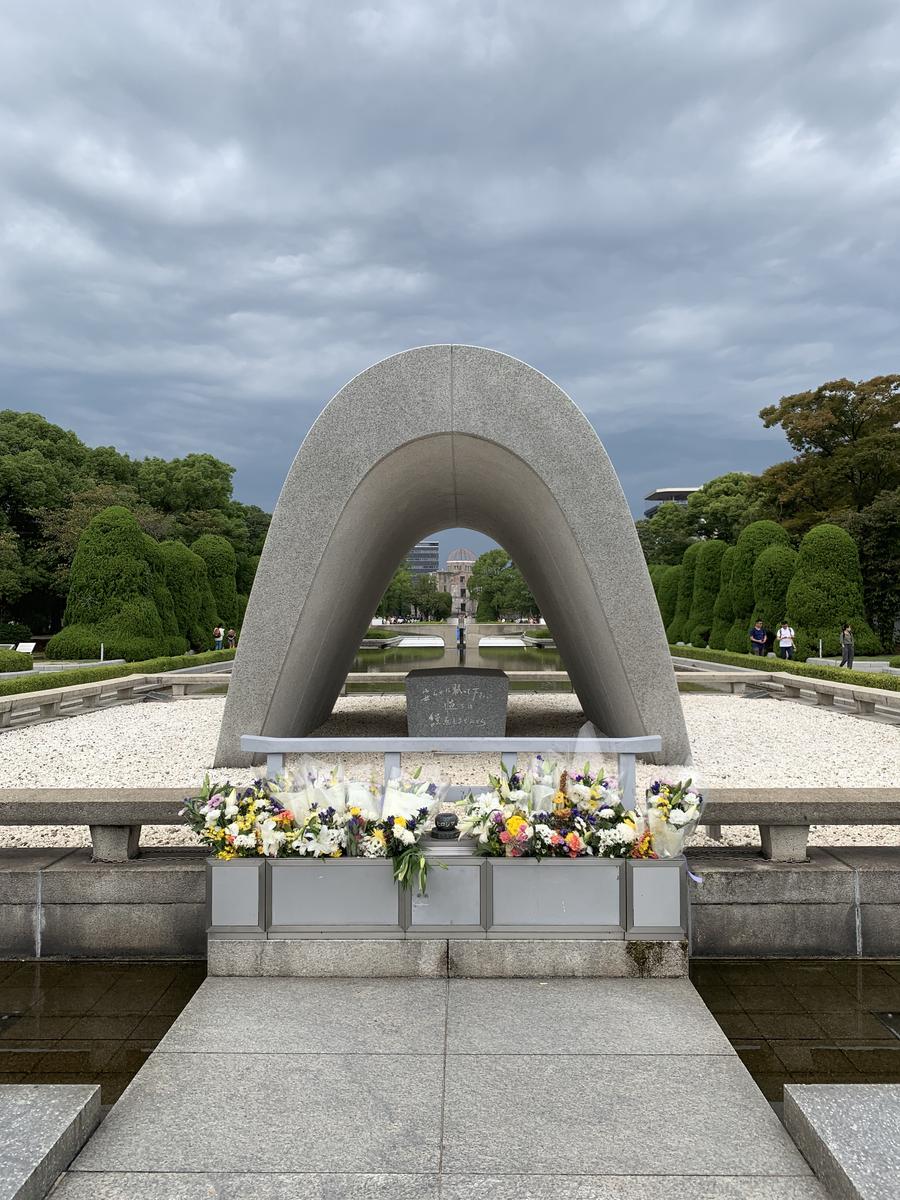



Excerpts from this reflection have been taken from:
https://whc.unesco.org/en/list/775
https://www.pcf.city.hiroshima.jp/virtual/map-e/irei/tour_18_e.html